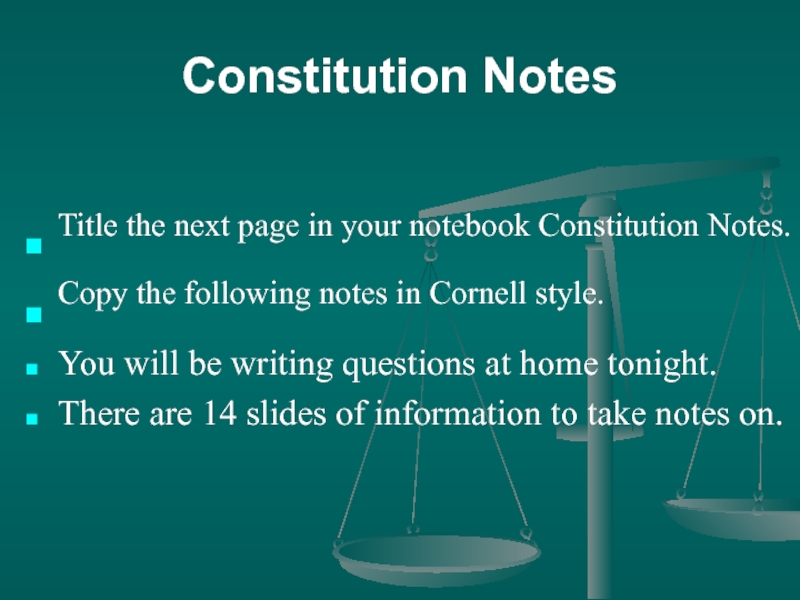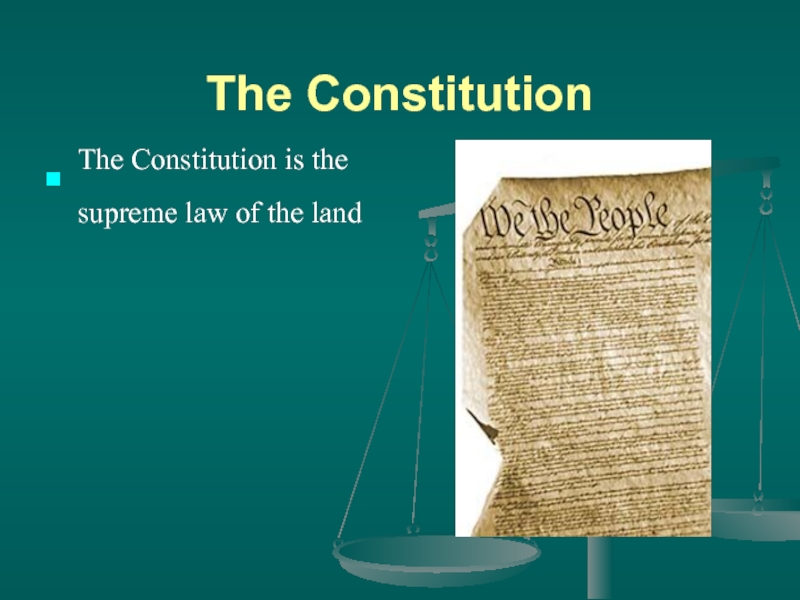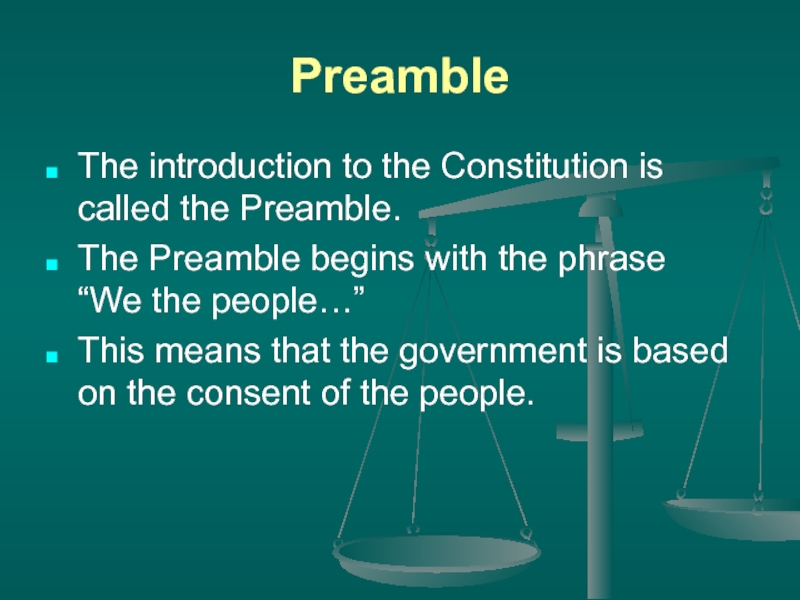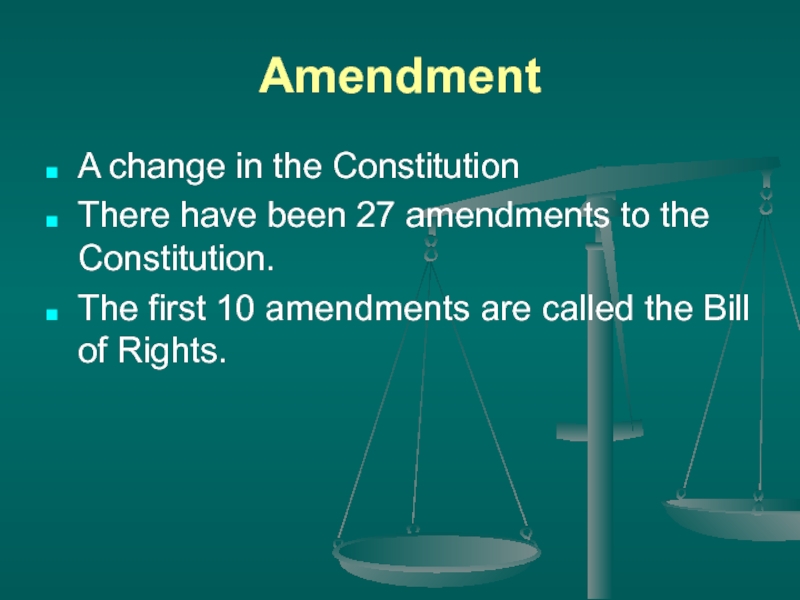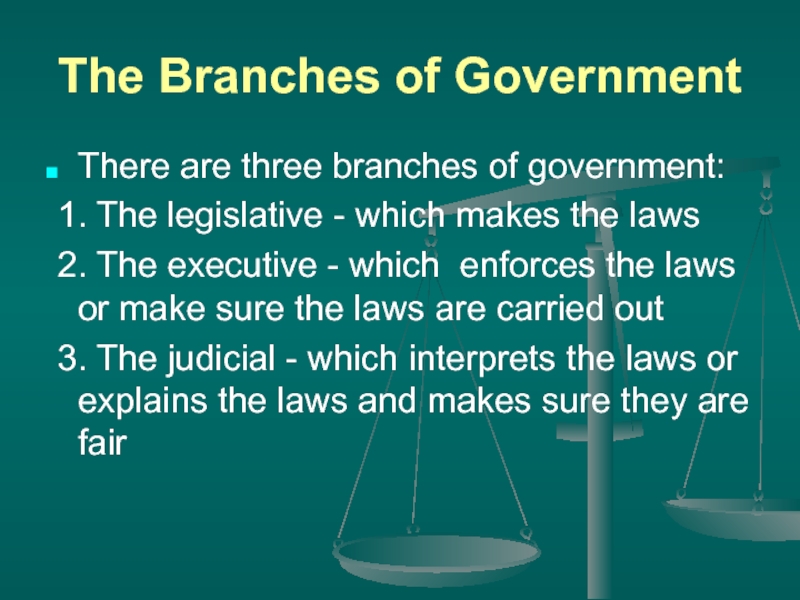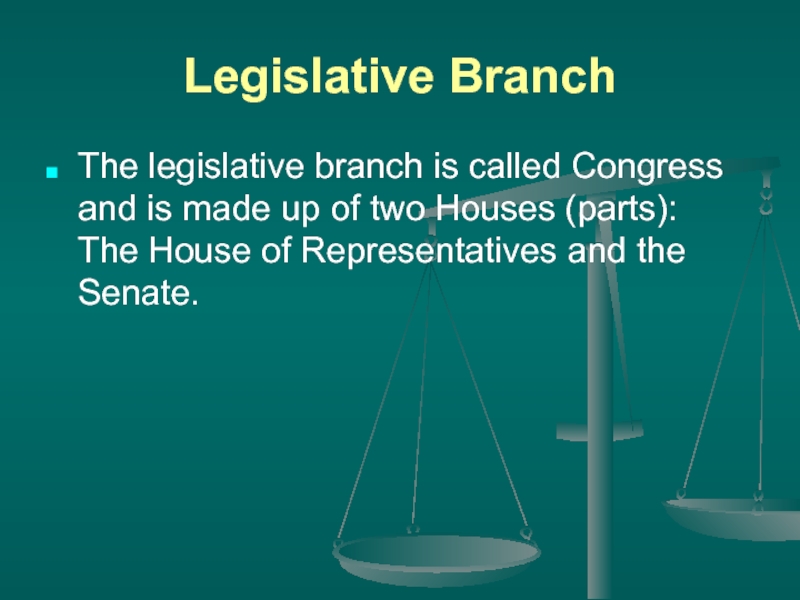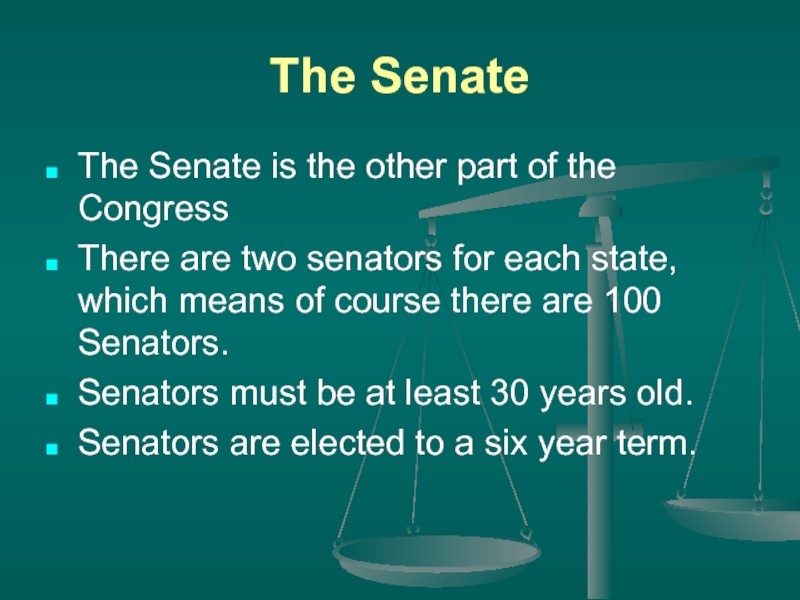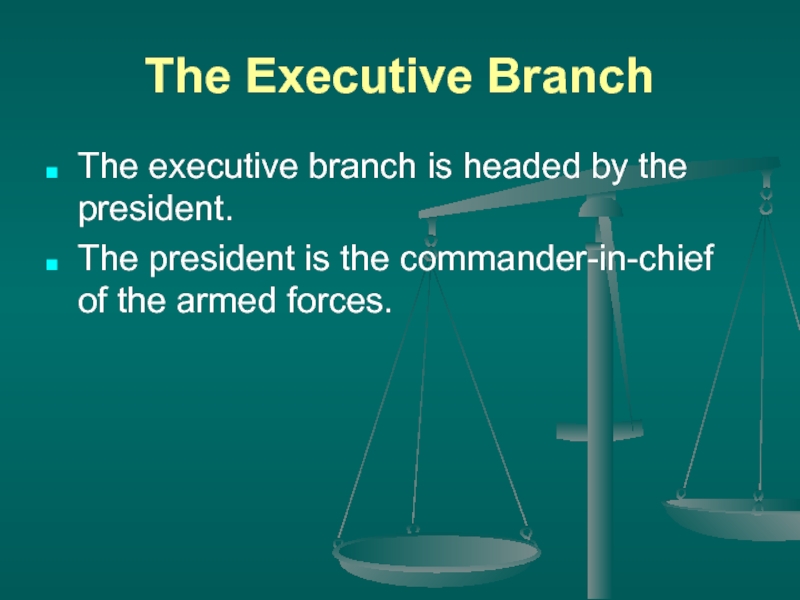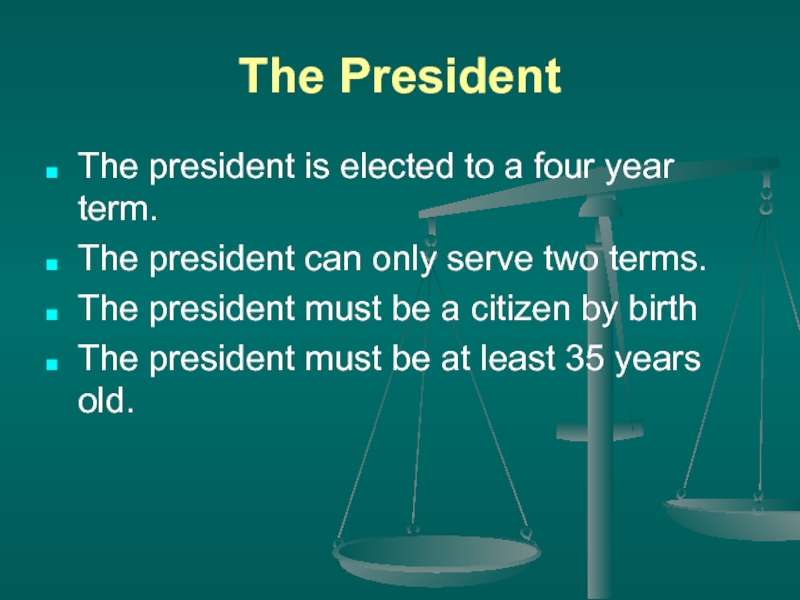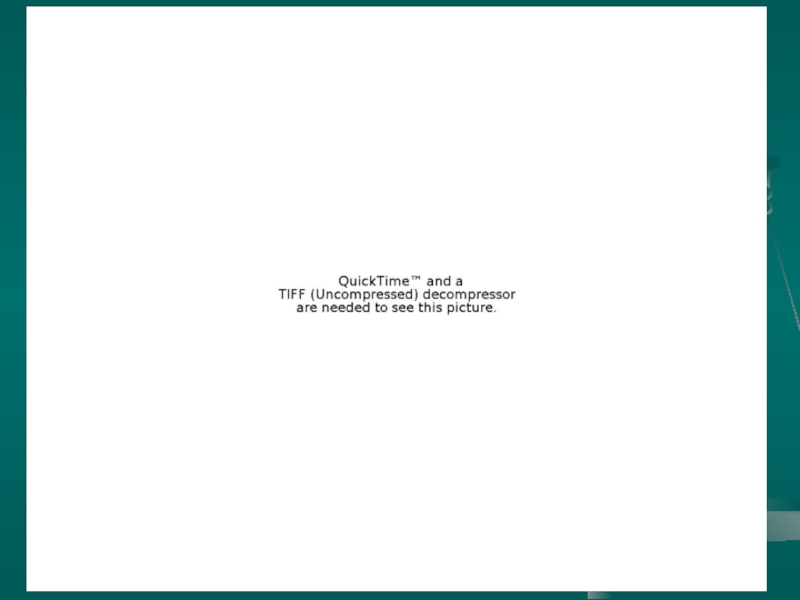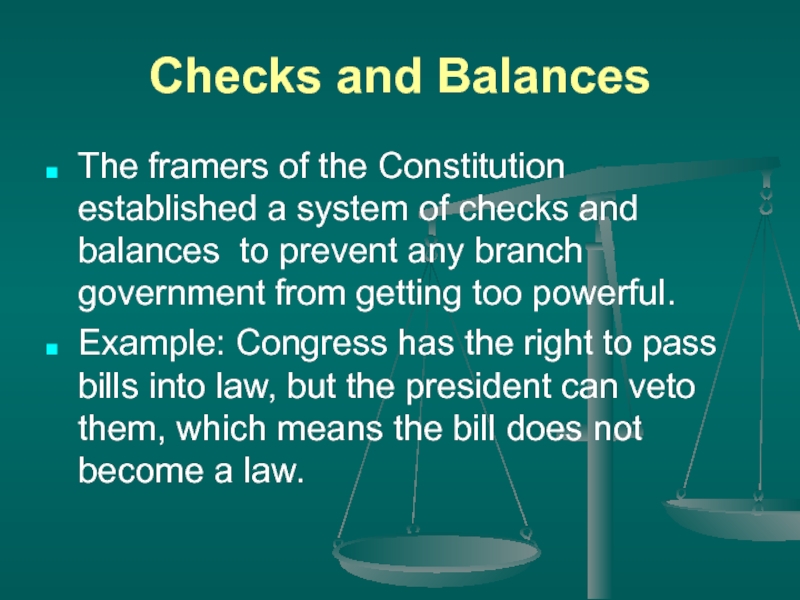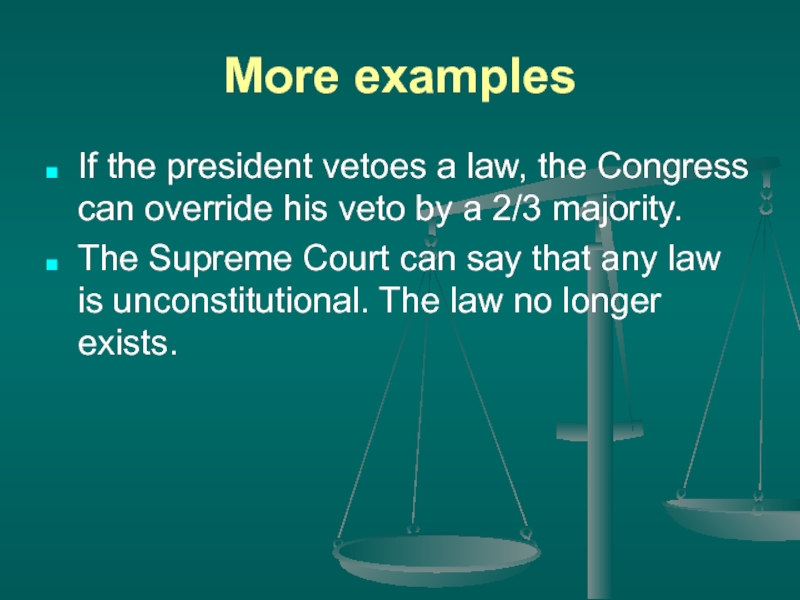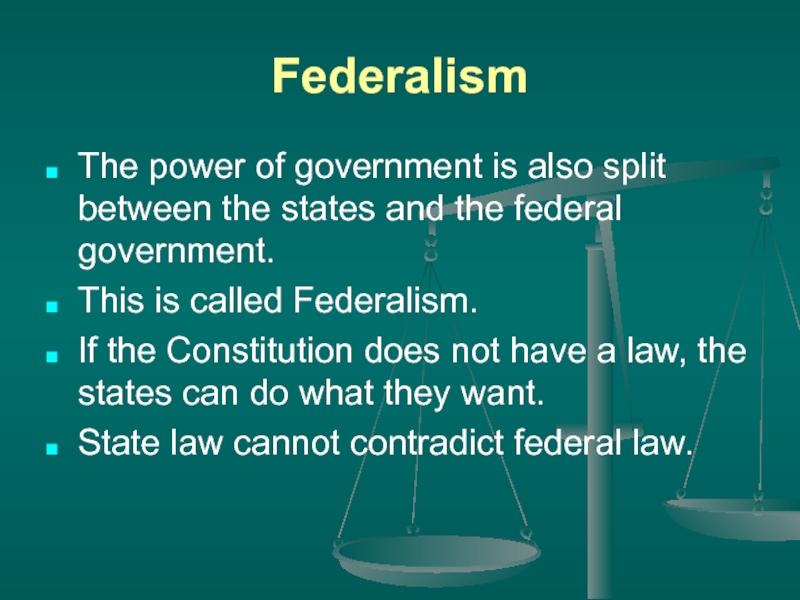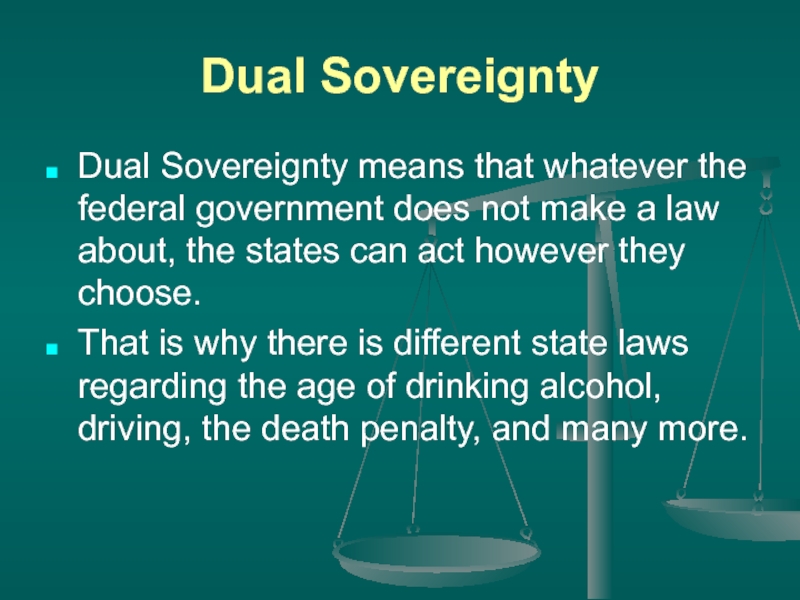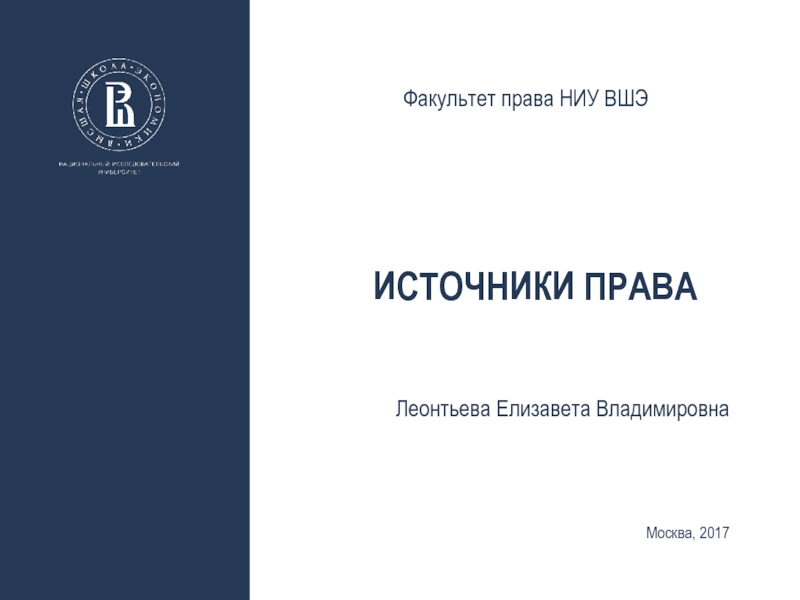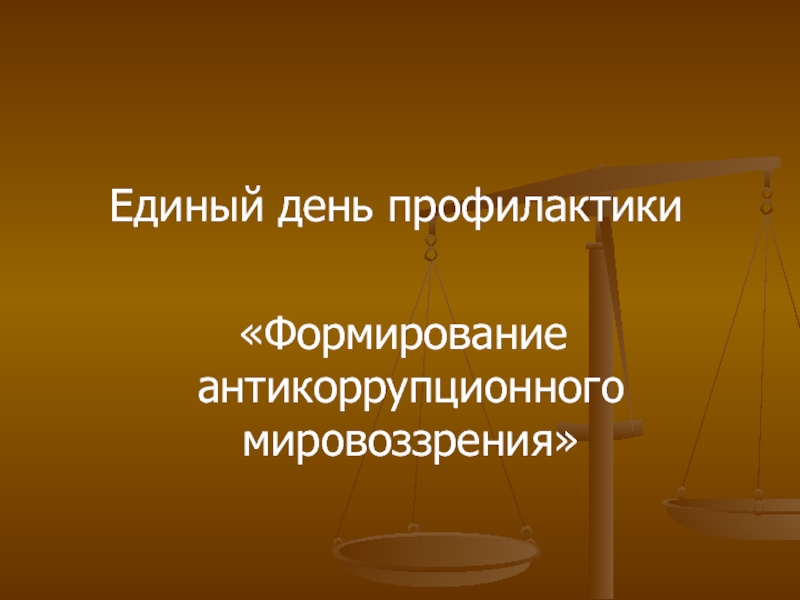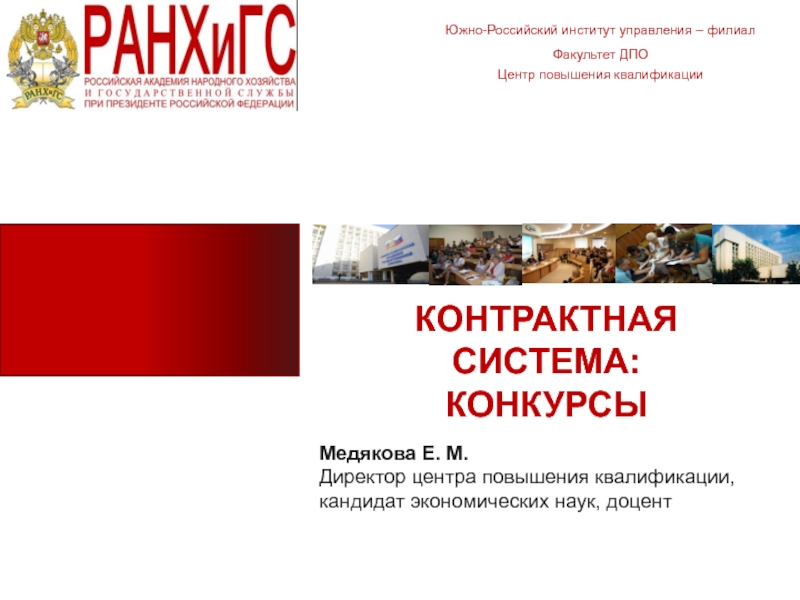the following notes in Cornell style.
You will be writing questions at home tonight.
There are 14 slides of information to take notes on.
- Главная
- Разное
- Дизайн
- Бизнес и предпринимательство
- Аналитика
- Образование
- Развлечения
- Красота и здоровье
- Финансы
- Государство
- Путешествия
- Спорт
- Недвижимость
- Армия
- Графика
- Культурология
- Еда и кулинария
- Лингвистика
- Английский язык
- Астрономия
- Алгебра
- Биология
- География
- Детские презентации
- Информатика
- История
- Литература
- Маркетинг
- Математика
- Медицина
- Менеджмент
- Музыка
- МХК
- Немецкий язык
- ОБЖ
- Обществознание
- Окружающий мир
- Педагогика
- Русский язык
- Технология
- Физика
- Философия
- Химия
- Шаблоны, картинки для презентаций
- Экология
- Экономика
- Юриспруденция
Constitution Notes презентация
Содержание
- 1. Constitution Notes
- 2. The Constitution The Constitution is the supreme law of the land
- 3. Preamble The introduction to the Constitution is
- 4. Amendment A change in the Constitution There
- 5. The Branches of Government There are three
- 6. Legislative Branch The legislative branch is called
- 7. The House of Representatives States with the
- 8. The Senate The Senate is the other
- 9. The Executive Branch The executive branch is
- 10. The President The president is elected to
- 11. The Judicial Branch The Judicial Branch of
- 13. Checks and Balances The framers of the
- 14. More examples If the president vetoes a
- 15. Federalism The power of government is also
- 16. Dual Sovereignty Dual Sovereignty means that whatever
Слайд 3Preamble
The introduction to the Constitution is called the Preamble.
The Preamble begins
with the phrase “We the people…”
This means that the government is based on the consent of the people.
This means that the government is based on the consent of the people.
Слайд 4Amendment
A change in the Constitution
There have been 27 amendments to the
Constitution.
The first 10 amendments are called the Bill of Rights.
The first 10 amendments are called the Bill of Rights.
Слайд 5The Branches of Government
There are three branches of government:
1. The
legislative - which makes the laws
2. The executive - which enforces the laws or make sure the laws are carried out
3. The judicial - which interprets the laws or explains the laws and makes sure they are fair
2. The executive - which enforces the laws or make sure the laws are carried out
3. The judicial - which interprets the laws or explains the laws and makes sure they are fair
Слайд 6Legislative Branch
The legislative branch is called Congress and is made up
of two Houses (parts): The House of Representatives and the Senate.
Слайд 7The House of Representatives
States with the largest populations have the most
representatives in the House.
House members must be at least 25 years old or older to serve.
House members are elected to a two year term.
There are 435 members in the House of Representatives.
House members must be at least 25 years old or older to serve.
House members are elected to a two year term.
There are 435 members in the House of Representatives.
Слайд 8The Senate
The Senate is the other part of the Congress
There are
two senators for each state, which means of course there are 100 Senators.
Senators must be at least 30 years old.
Senators are elected to a six year term.
Senators must be at least 30 years old.
Senators are elected to a six year term.
Слайд 9The Executive Branch
The executive branch is headed by the president.
The president
is the commander-in-chief of the armed forces.
Слайд 10The President
The president is elected to a four year term.
The president
can only serve two terms.
The president must be a citizen by birth
The president must be at least 35 years old.
The president must be a citizen by birth
The president must be at least 35 years old.
Слайд 11The Judicial Branch
The Judicial Branch of the federal government is headed
by the Supreme Court.
Supreme Court justices are nominated by the president and approved by the Senate.
There are 9 Supreme Court justices, who are appointed for life.
Supreme Court justices are nominated by the president and approved by the Senate.
There are 9 Supreme Court justices, who are appointed for life.
Слайд 13Checks and Balances
The framers of the Constitution established a system of
checks and balances to prevent any branch government from getting too powerful.
Example: Congress has the right to pass bills into law, but the president can veto them, which means the bill does not become a law.
Example: Congress has the right to pass bills into law, but the president can veto them, which means the bill does not become a law.
Слайд 14More examples
If the president vetoes a law, the Congress can override
his veto by a 2/3 majority.
The Supreme Court can say that any law is unconstitutional. The law no longer exists.
The Supreme Court can say that any law is unconstitutional. The law no longer exists.
Слайд 15Federalism
The power of government is also split between the states and
the federal government.
This is called Federalism.
If the Constitution does not have a law, the states can do what they want.
State law cannot contradict federal law.
This is called Federalism.
If the Constitution does not have a law, the states can do what they want.
State law cannot contradict federal law.
Слайд 16Dual Sovereignty
Dual Sovereignty means that whatever the federal government does not
make a law about, the states can act however they choose.
That is why there is different state laws regarding the age of drinking alcohol, driving, the death penalty, and many more.
That is why there is different state laws regarding the age of drinking alcohol, driving, the death penalty, and many more.
